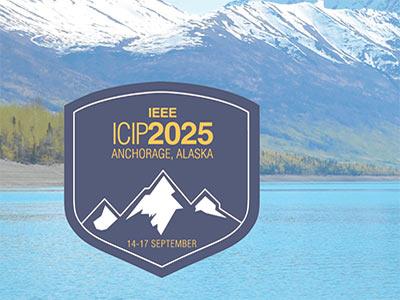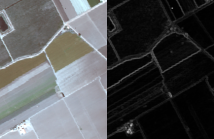
- Read more about Supplementary Materials for the paper "A COLOR PRESERVING TONE MAPPING FRAMEWORK IN THE INTRINSIC DOMAIN"
- Log in to post comments
Tone mapping is an essential step in an acquisition or a rendering pipeline to map high dynamic range (HDR) content to a reference display range. The simplest tone mapping approach is to apply a function to the luminance channel of an HDR image and then to propagate the change to the red, green, and blue channels. However, this often causes color distortions since luminance and chrominance channels are interdependent, and modifying one affects the other.
- Categories:
 105 Views
105 Views
- Read more about Supplementary Materials for ICIP2025
- Log in to post comments
Supplementary Materials for "RETHINKING IMAGE HISTOGRAM MATCHING FOR IMAGE CLASSIFICATION" at ICIP2025.
- Categories:
 133 Views
133 Views
- Read more about Supplementary Materials for "When 512x512 Is Not Enough: Local Degradation-Aware Multi-Diffusion for Extreme Image Super-Resolution"
- Log in to post comments
Supplementary Materials for "When 512x512 Is Not Enough: Local Degradation-Aware Multi-Diffusion for Extreme Image Super-Resolution"
- Categories:
 23 Views
23 Views
- Read more about Supplementary Materials for "When 512x512 Is Not Enough: Local Degradation-Aware Multi-Diffusion for Extreme Image Super-Resolution"
- Log in to post comments
Supplementary Materials for "When 512x512 Is Not Enough: Local Degradation-Aware Multi-Diffusion for Extreme Image Super-Resolution"
- Categories:
 12 Views
12 Views
- Read more about Extensions of Morphological Gradient for Hyperspectral Images
- Log in to post comments
The task of gradient magnitude image construction for hyperspectral images (HSI) is currently under-explored, with most approaches in use being naive extensions of gradients, originally proposed for color images. But HSI showcase principal differences from color or multispectral images in that their pixels register consecutive narrow bands of the electromagnetic spectrum, thus approximating a continuous signal, instead of a few wide discrete bands. We propose three novel gradient calculation approaches for HSI.
- Categories:
 23 Views
23 Views
- Read more about RTFVE
- Log in to post comments
There’s been a surge in adoption of video conferencing applications for both personal and business use cases. However, the bandwidth limitations faced by many users worldwide may restrict the optimal use of such applications. Although deep learning offers a solution for enhancing low bit rate videos, most models today are either hard to incorporate with modern compression standards or require specialized hardware to run such as significant GPUs making these models impractical.
- Categories:
 85 Views
85 Views
- Read more about ICIP2025_Supp_ID1165
- Log in to post comments
Intrinsic image decomposition (IID) is the task of separating an image into albedo and shade. In real-world scenes, it is difficult to quantitatively assess IID quality due to the unavailability of ground truth. The existing method provides the relative reflection intensities based on human-judged annotations. However, these annotations have challenges in subjectivity, relative evaluation, and hue non-assessment.
- Categories:
 38 Views
38 Views

- Read more about RAVEN: Rethinking Adversarial Video Generation with Efficient Tri-plane Networks
- Log in to post comments
This zip folder contains the Supplementary Material of the paper RAVEN: Rethinking Adversarial Video Generation with Efficient Tri-plane Networks, submitted to ICIP 2025.
supmat.zip
- Categories:
 23 Views
23 Views
- Read more about Supplementary Materials of Harnessing the Power of LLMs for Image Aesthetics Assessment through Semantic and Contextual Understanding
- Log in to post comments
This .pdf file provides supplementary information of the paper ”Harnessing the Power of LLMs for Image Aesthetics Assessment through Semantic and Contextual Understanding”.
- Categories:
 29 Views
29 Views